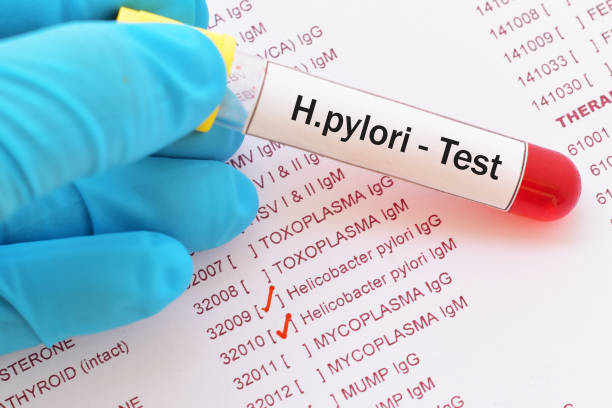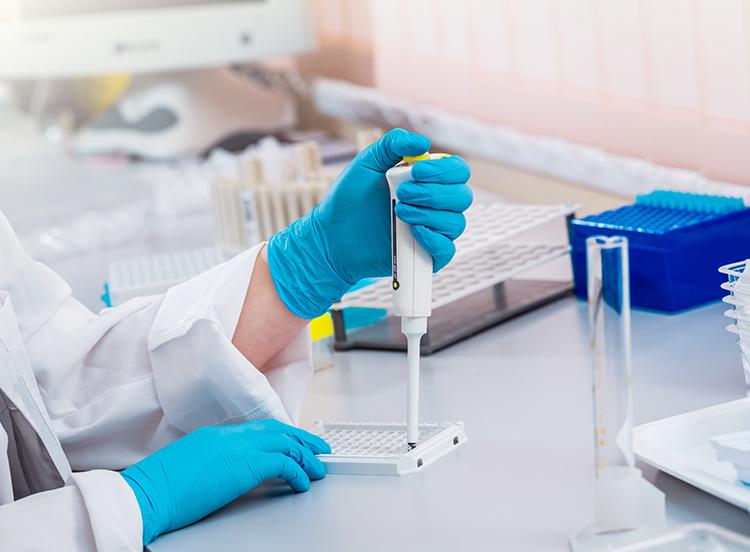In our fast-paced lives, convenience is key. That’s why self-testing for H. pylori, a very common bacterial infection affecting the stomach, has become very popular among people seeking quick and accurate results while staying at their homes.
With the easily available H. pylori test kits, you can now take control of your health and identify this pesky bacterium without getting an appointment and going to a doctor, or a visit to the lab.
In this article, we will guide you through the process of obtaining and using an H. pylori test kit, empowering you to keep a check on your well-being with ease.
Why Test for H. Pylori?
Before getting into the self-testing process, let’s understand why it’s crucial to test for H. pylori. This bacterium is believed to infect nearly half of the world’s population, causing a variety of digestive problems, including gastritis, peptic ulcers, and even stomach cancer.
Identifying H. pylori early on can help prevent the progression of these conditions, leading to timely treatment and improved outcomes. Remember, prevention is always better than cure.
How to Get an H. Pylori Test Kit?
Thanks to fast-growing advancements and upgrades in medical technology, ordering an H. pylori test kit is now hassle-free. You can easily order a reliable and FDA-approved test kit online from trusted brands, or go to a pharmacy and get one from the shelf. You can find trusted brands on the internet.
These test kits come with detailed instructions and all the necessary components for accurate and convenient testing at home. But, make sure to always select a reputable and trusted brand and ensure the kit’s validity. It is very important for getting accurate results.
Also, Read- Knowing About Narcissistic Personality Disorder: Stages of What Goes Wrong, and How
How to Use an H. Pylori Test Kit?
The testing process is really easy. You just need to follow a few easy steps, and you are good to go. The steps are as follows.
Preparing for the Test
- Begin by closely reading the instructions provided with the test kit. Go through and understand each step to ensure a smooth testing process, without complications.
- Make sure you have a clean, clutter-free workspace to perform the test. Gather all the materials included in the kit, such as test cassettes, sample collection tubes, and a dropper.
Collecting the Sample
- Wash your hands thoroughly to maintain proper hygiene.
- Open the sample collection tube and remove the dropper. Make sure to take a deep breath to relax and avoid any unnecessary stress.
- Gently pull back your lower lip and use the dropper to collect saliva until the marked line on the tube is reached. Avoid any contact with the tube’s inner surface.
- Replace the cap tightly and ensure there are no leaks.
Running the Test
- Prepare the test cassette by removing it from its packaging.
- Carefully open the sample collection tube and hold it in an upright position. Squeeze the dropper to release three drops of saliva onto the sample well of the test cassette.
- Start the timer as instructed and wait for the specified duration, as written on the label. You can spend this time doing other things as you want, too.
Interpreting the Results
- After the waiting period, observe the test cassette for any visible lines or colour changes. These indicate the presence or absence of H. pylori.
- Typically, a test line appearing alongside the control line signifies a positive result, indicating the presence of H. pylori. On the other hand, only a control line suggests a negative result.
- It’s important to follow the interpretation guidelines provided with your test kit, as different kits may have slight variations in result indicators.
Understanding the Results and Next Steps
Once you have interpreted your H. pylori test results, it is important to understand their implications and take prompt and appropriate action. If your test indicates a positive result, it is recommended to consult with a healthcare professional for further diagnosis and guidance.
They can expertly assess your medical history, symptoms, and can suggest additional tests for double-checking, or start suitable treatment options.
In the case of a negative result, it’s absolutely necessary to remember that false negatives are also possible, especially during the early stages of infection. If you continue to feel persistent symptoms or doubt that there might be problems, we recommend going to see a healthcare professional, just to make sure.
Conclusion
Self-testing for H. pylori using an H. pylori test kit offers a convenient and reliable way to keep tabs on your health. With reputable brands readily available, obtaining and using an H. pylori test kit has become accessible to all. Use what’s available and empower yourself with the knowledge and tools.
If you have any doubts or concerns during the testing process, consult the provided helpline or seek advice from a healthcare professional.









